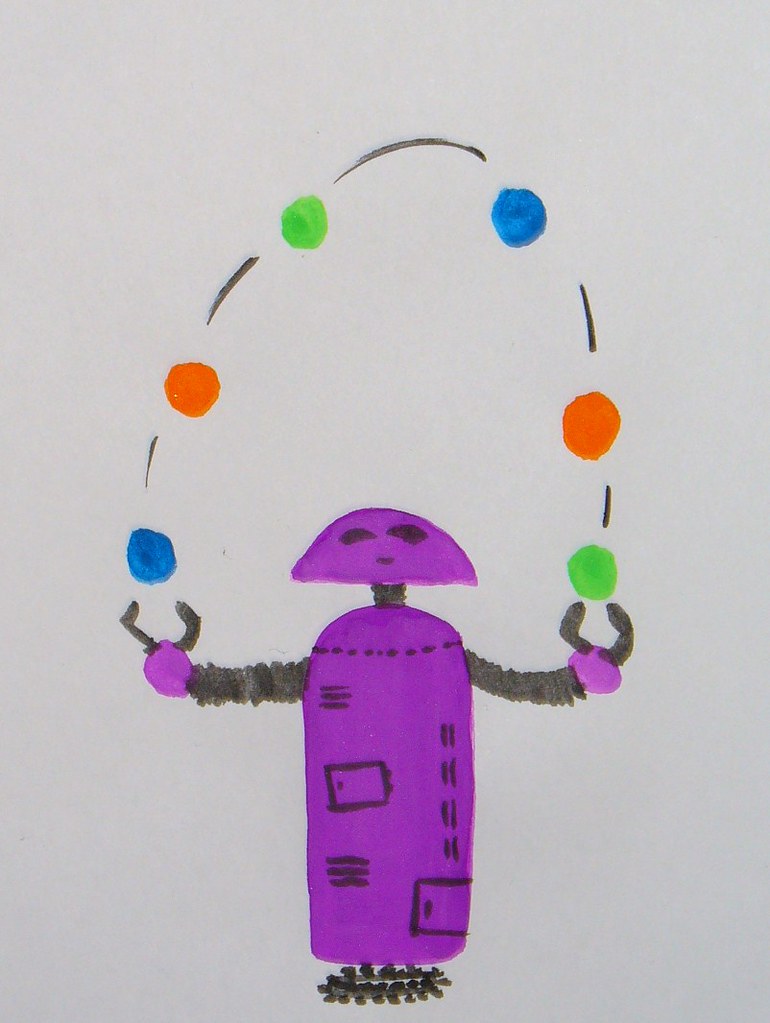Five-club juggling was once the realm of only the greatest of the greats. To juggle five clubs meant you had reached a guru-like status which could only be achieved after a lifetime of dedication. Now, if you visit any local juggling festival, you will undoubtedly find some 13-year-old kid effortlessly throwing five-club backcrosses in the air. What happened?
The internet happened. More specifically, YouTube happened. Concepts and techniques which were once only attainable by spending hours at local juggling clubs and conventions are now available at the click of a mouse. In short, the collective power of the internet has been harnessed in a way which has caused skill levels to grow exponentially.
Additionally, the phenomenon of “memes” (ideas or concepts which grow within a community) have meant that particular styles of object manipulation have grown very popular while other styles or techniques have not. For example, relatively few jugglers these days are embracing the acrobatic and multidisciplinary approach championed by Francis Brunn and others. At the same time, concepts such as isolations (popularized by Michael Moschen and others) have taken off and have been applied to ball, ring and club juggling as well as to hooping, poi spinning and more.
So where is this all leading us? What is the future of juggling? Skill levels are likely to continue to grow exponentially. At the same time, jugglers are likely to continue to copy or mimic popular styles and techniques, leading to variations and mutations of original concepts. Is all this for better or for worse? Only time will tell.
Photo credit Katy.Tresedder via Flickr








